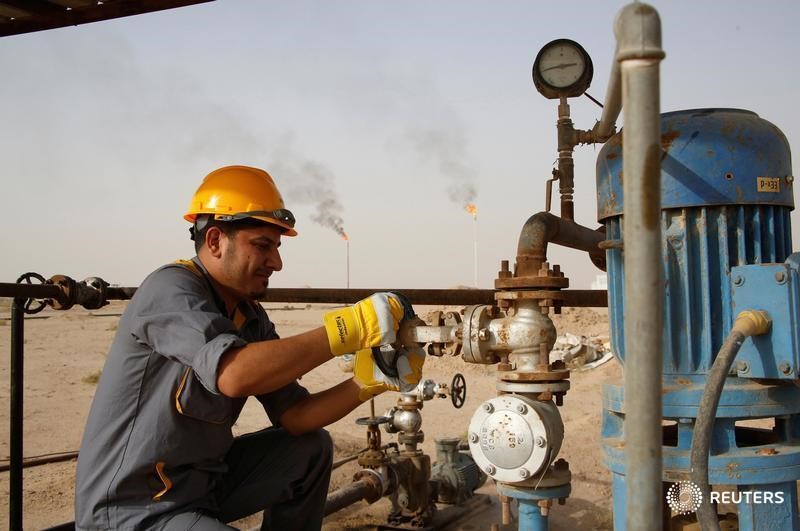Oil prices edge higher as rate cut hopes help offset demand fears
Oil prices rose slightly in Asian trade on Thursday as the prospect of improving demand through lower U.S. interest rates helped traders look past growing concerns over weaker demand.
A slew of softer-than-expected U.S. inflation readings ramped up conviction that the Federal Reserve will have more confidence to begin cutting interest rates from September, which traders hope will help spruce up oil demand.
Some elements of risk premium also remained in oil markets after Hamas and Hezbollah reportedly launched strikes against Israel this week. Focus was chiefly on an attack by Iran.
Brent oil futures rose 0.4 to $79.97 a barrel, while West Texas Intermediate crude futures rose 0.3% to $76.03 a barrel by 22:40 ET (02:40 GMT). CPI data fuels rate cut hopes
Softer-than-expected consumer price index inflation data on Wednesday ramped up hopes that the Federal Reserve will cut interest rates by at least 25 basis points in September .
The prospect of lower rates spurred some bets that U.S. economic conditions will improve in the coming months, helping buoy demand in the world’s biggest fuel consumer. Oil nurses losses after surprise build in US inventories
Oil prices slid on Wednesday after government data showed an unexpected build in U.S. inventories , by about 1.4 million barrels, against expectations for a draw of 1.9 mb.
While gasoline and distillate inventories still saw strong draws, the build in overall inventories- the first weekly build in seven- spurred fears that the travel-heavy summer season was winding down.
The build in inventories also came as the OPEC and the IEA both trimmed their outlook for oil demand growth in 2024, citing concerns over slowing demand in top oil importer in China. Mixed Chinese economic readings offer some support
A slew of economic readings from China offered some positive cues to oil markets on Thursday.
Retail sales grew more than expected in July, with the increase coming after Beijing rolled out a slew of rate cuts and measures aimed at boosting consumption.
But Chinese industrial production grew less than expected, as did fixed asset investment . China’s unemployment rate also unexpectedly rose.
Slowing Chinese demand has been a key source of anxiety for crude markets, especially as the country struggles with a dwindling economic recovery.
Source: Investing.com
